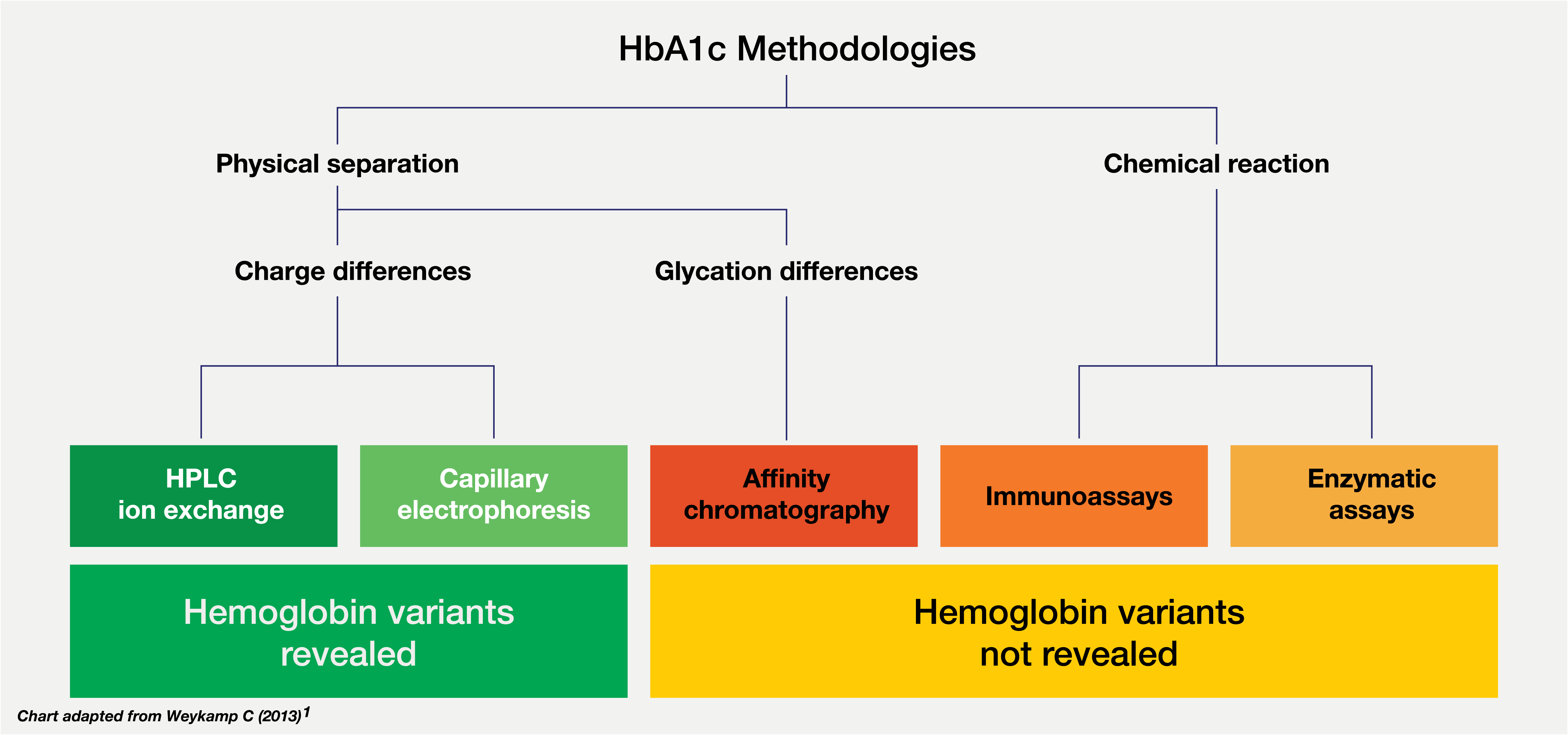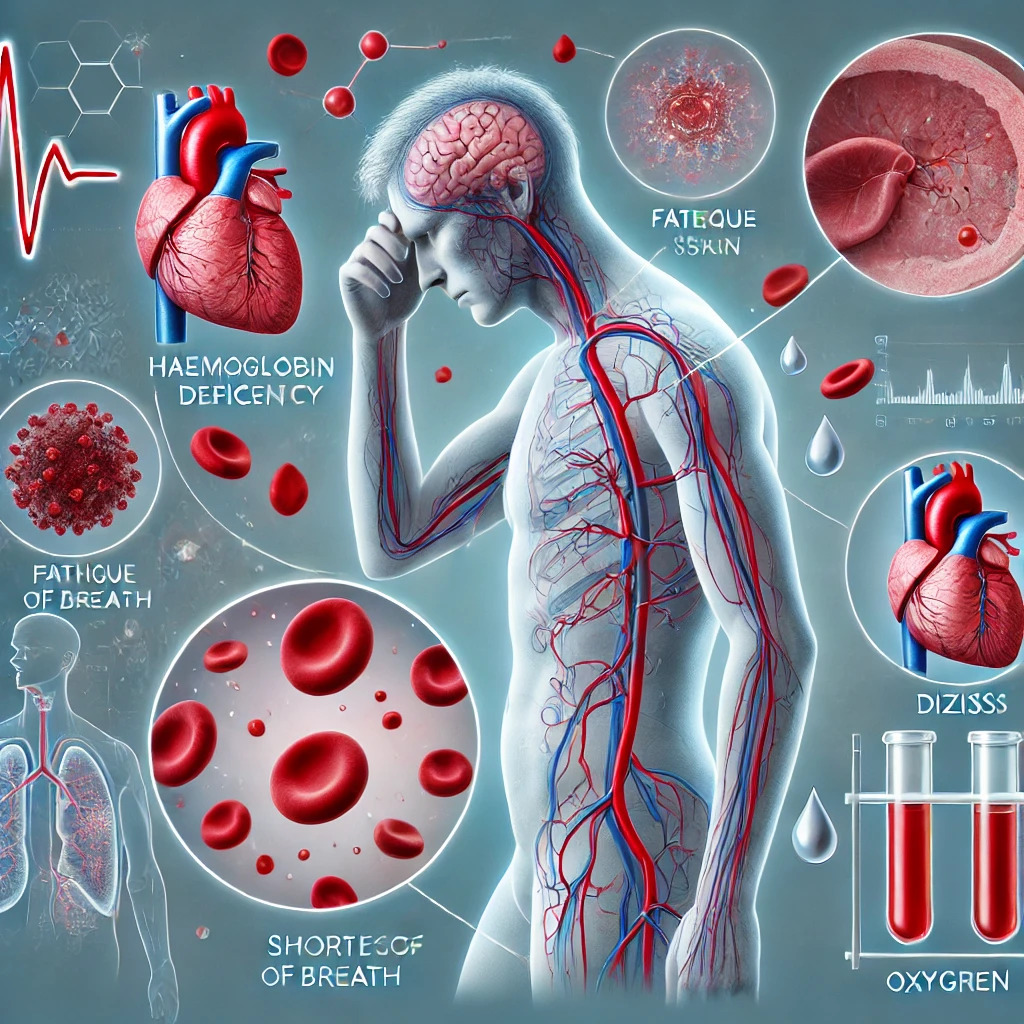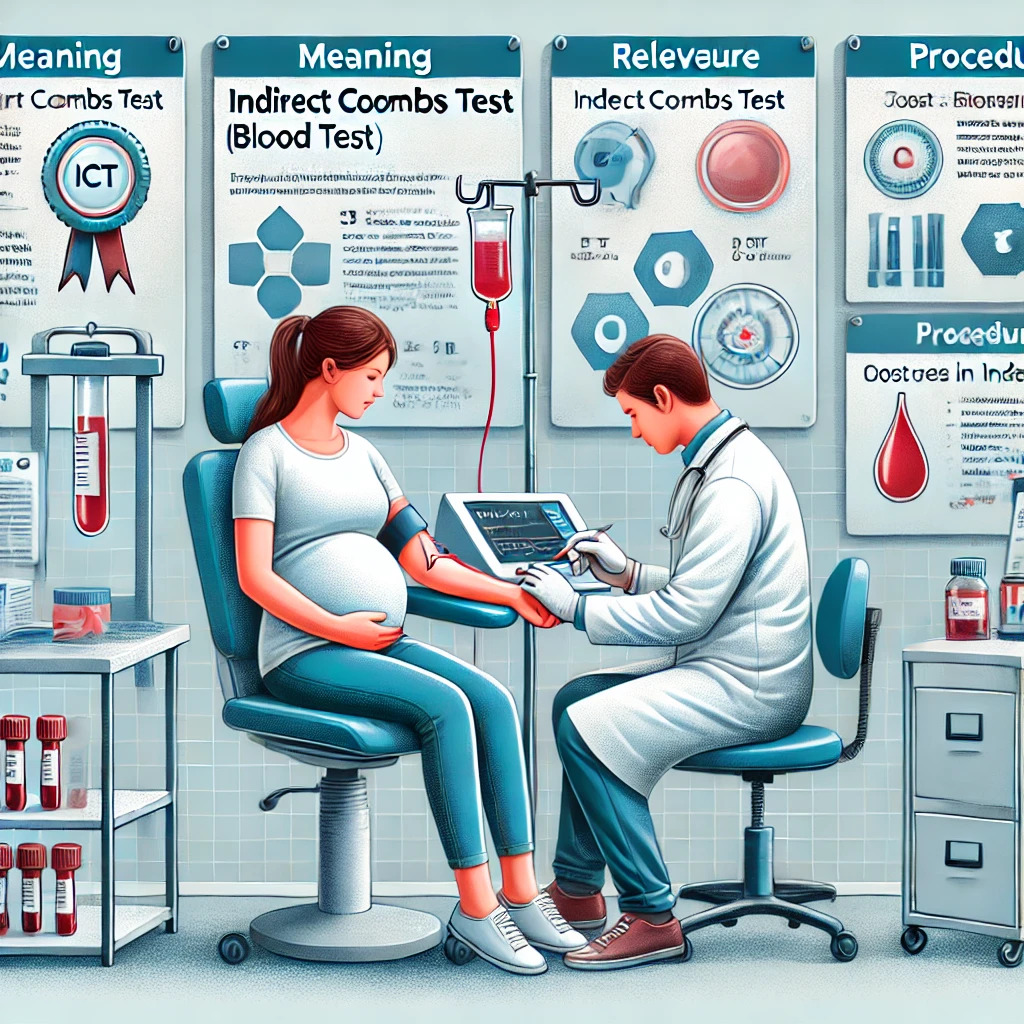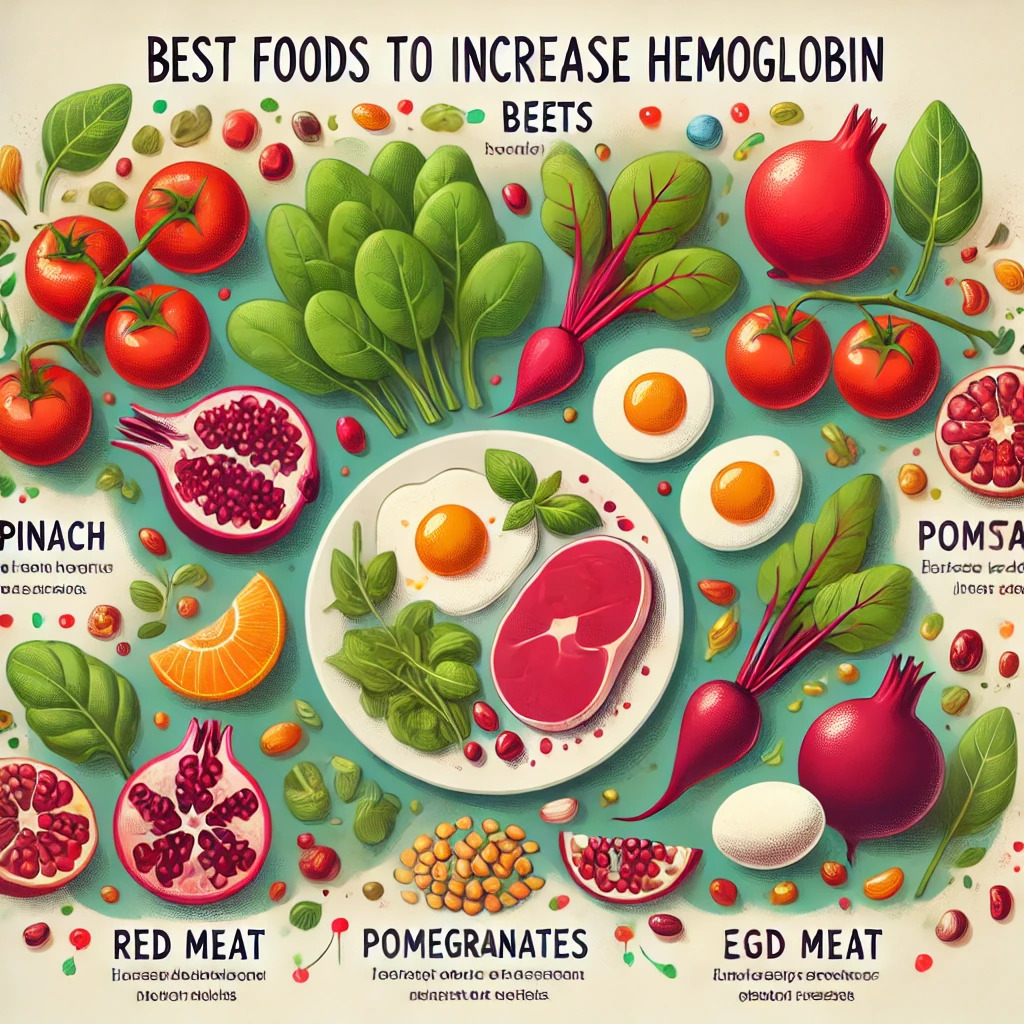HbA1c Normal Range in India: A Comprehensive Guide

Diabetes has emerged as one of the most significant health challenges globally. India, unfortunately, shoulders a substantial burden of this chronic disease. We have over 77 million diabetics in the country. Effective management and early detection help to delay or halt both the progression and complications related to diabetes. It is crucial to understand HbA1c normal range in India because this is one of the most reliable and widely used tests for monitoring long-term blood sugar control.
This is a comprehensive guide which delves into the nuances of HbA1c, its relevance, testing procedures, how to maintain it within the normal range, and various other factors. This will help you in effectively managing your condition.
Also Read: - 7 warning signs of dengue fever
What is HbA1c- why does the normal range matter?
HbA1C, also known as glycated hemoglobin or glycosylated hemoglobin, is a form of hemoglobin which is chemically linked to glucose. Most people already know that hemoglobin is the protein in red blood cells which transports oxygen throughout the body. When glucose enters the bloodstream, it attaches itself to hemoglobin, forming HbA1c.
The Science Behind HbA1c and normal range
HbA1c levels are typically expressed as a percentage which indicates the proportion of hemoglobin molecules that have glucose attached to them. Some laboratories may report HbA1c test ranges in millimoles per mole (mmol/mol).
The amount of HbA1c formed is directly proportional to the average blood glucose concentration over the lifespan of red blood cells, which is approximately 120 days. This is the reason this test is so reliable because it provides an average estimate of blood sugar levels over the past two to three months.
The reason we need to know about the HbA1c normal test range and how to maintain it is because it is a great tool for diabetes management and diagnosis.
Relevance of HbA1c in Diabetes Management
Diagnostic Tool- this test is a cornerstone in diagnosing and monitoring diabetes. It offers a long term view of blood sugar control. With other tests, there is day to day variability. Those are important for daily monitoring but this gives a long term view.
Monitoring Glycemic Control- for patients already diagnosed with diabetes, HbA1c test helps in assessing the efficacy of treatment plan which includes medication, diet, and lifestyle changes.
Predicting Complications- elevated HbA1c levels are associated with a higher risk of diabetes related complications such as cardiovascular disease and neuropathy. You must maintain it in the normal range. HbA1c test normal range in India isn't much different than elsewhere.
Advantages of HbA1c over other tests
Convenience- because no fasting or preparation is needed.
Stability- as it reflects average blood glucose levels over an extended period. This means you have a more stable and reliable measure.
Standardisation- it is widely standardised and recommended by various health organisations including WHO and ADA.
When do HbA1c levels go higher?
As this is a test for diabetes, anything that leads to poor glycemic control will lead to its higher than normal ranges. In order to maintain HbA1c levels in normal range, you need to know about these factors:
Uncontrolled diabetes- the primary reason for elevated HbA1c levels is uncontrolled diabetes. When blood sugar levels remain consistently high over time due to inadequate insulin production (as primarily seen in Type 1 diabetes) or due to insulin resistance (primarily seen in Type 2 diabetes), the test results will be above the normal range.
Sedentary lifestyle- lack of physical activity leads to decreased insulin sensitivity and this causes blood sugar levels to rise. On the other hand, regular physical activity helps the muscles to utilise glucose more effectively, thereby aiding in maintaining optimal HbA1c levels.
Stress and illness- chronic stress and certain illnesses can also cause hormonal imbalances which in turn impacts blood sugar regulation. This leads to increased HbA1c levels.
Medications- some medications such as certain psychiatric medications and corticosteroids can raise blood sugar levels and as a consequence HbA1c levels.
Alcohol and smoking- if you want normal HbA1c test range, then you cannot consume excessive alcohol and also need to quit or limit smoking. These two habits lead to poor glycemic control and higher HbA1c levels.
Hormonal changes- which can be seen during pregnancy (gestational diabetes) or when someone has PCOS (polycystic ovary syndrome) can lead to elevated HbA1c levels.
How is HbA1c Tested and How is It Interpreted?
The test for HbA1c is a simple blood test which can be performed at any time of the day without fasting or special preparation. For this test, a small blood sample is drawn from a vein in the arm and sent to a laboratory for analysis. With O-Lab in Jammu, you can have the test sample collected from home and get the accurate results for your HbA1c test.
Interpretation: what is normal range of HbA1c test and what is not
Normal range: below 5.7%
Pre-diabetes: 5.7% to 6.4%
Diabetes: 6.5% or higher
These are standardised thresholds but slight variation can be there based on specific guidelines and individual health conditions.
For diabetic patients on treatment, it is recommended that HbA1c percentage stays below 7%
Frequency of Testing
For diagnosed diabetic patients, it is recommended that they get their HbA1c levels tested at least twice a year if the diabetes is controlled. If their glycemic control is not as expected or their treatment has been changed, then quarterly testing may be advised.
For pre-diabetics and high risk individuals, annual testing is advised to monitor progression.
The test is also recommended for pregnant women.
Factors Which Can Affect The HbA1c Test Results
Medical conditions
Conditions like anemia which affect red blood cells lifespan can falsely elevate or decrease HbA1c levels.
Kidney disease can also affect hemoglobin and red blood cell turnover which can influence HbA1c test results.
Liver disease can also alter glucose metabolism and hemoglobin production which can affect the test outcomes.
Genetic variations like sickle cell anemia can interfere with some HbA1c test measurement methods.
Age and ethnicity
Older adults can naturally have slightly higher HbA1c levels.
Certain ethnic groups may exhibit differences in HbA1c levels due to genetic and physiological factors.
Lifestyle factors
Diet and exercise have a direct influence on HbA1c levels
Chronic stress can affect hormone levels which regulate blood sugar.
Bad sleep quality and less than normal sleep duration are linked to impaired glucose metabolism.
Also read: - Where does it hurt when you have kidney stones
Medications and supplements
Erythropoietin therapy which is used in the treatment of anemia can impact red blood cell production which can affect HbA1c levels.
High doses of certain vitamins like E and C can also interfere with certain HbA1c assays.
Laboratory variability
This is another factor as different laboratories and testing methods may produce slightly varying results. It is important to get your tests from a reliable laboratory like O-Lab for accurate monitoring.
How to bring HbA1c within the normal range
Dietary modifications
This is one of the most important factors if you are working on normal range for HbA1c. This is a framework for the changes you need to make:
Balanced diet: the emphasis should be on including whole grains, lean proteins, healthy fats, and plenty of fresh fruits and vegetables.
Low glycemic index foods: foods and fruits which you include in your diet should release glucose slowly into the bloodstream to maintain steady blood sugar levels. You need to learn about both glycemic index and glycemic load.
Portion control: manage calorie intake by controlling portion sizes and timing your meals properly to prevent blood sugar spikes.
Limit sugar and refined carbohydrates: this is very important and you must limit or avoid sugary drinks, sweets, and processed foods.
Fibre rich foods: high fibre foods help to improve glucose metabolism and promote satiety.
You can get the help of a nutritionist or a dietitian for customised meal plans to bring HbA1c levels within normal range in India or elsewhere.
Regular physical activity
This is the next factor which is really important whether you are a diabetic or not. These are a few things that you need to work on for physical activity:
Aerobic exercises: walking, jogging, cycling, swimming, dancing, can all help in lowering blood sugar levels. You should choose an activity which is safe for you and which you can continue.
Strength training: this builds muscle mass and muscles are active tissues which enhance glucose utilisation.
Consistency: because this is what will make the difference. Your aim should be to exercise at moderate intensity for at least 150 minutes per week.
Active lifestyle: incorporate physical activity into your daily routine so that you are active throughout the day. You can do this by taking stairs, walking a few steps every hour, doing household chores, doing chair exercises, etc.
Medication adherence
If you have been prescribed medications, then it means you need them. This is what you should do so that you get the benefits these are prescribed for:
Oral hypoglycemics- take medications as prescribed diligently.
Insulin therapy- for Type 1 diabetics and for some Type 2 diabetics, proper insulin administration is crucial.
Regular monitoring- keep track of blood sugar levels to adjust medicines as needed under medical supervision. This is why regular blood sugar tests are important and cannot be missed even if you are getting HbA1c tests.
Stress management
Chronic stress has been known to cause low grade inflammation, impact sleep quality, glucose metabolism, and has other detrimental effects. To prevent stress from impairing glycemic control, you can do a few things:
Relaxation exercises- like meditation, yoga, deep breathing, etc can help with better stress management.
Adequate sleep- is a non-negotiable factor to support hormonal balance and glucose metabolism.
Mindfulness practices- can also reduce stress related blood sugar fluctuations.
Weight management
Losing excess weight improves insulin sensitivity. But it is important to integrate sustainable practices for a gradual weight loss. Incorporate exercises which you can continue and take a well balanced diet.
Regular health Check-ups
Routine testing- regular HbA1c testing is needed to monitor progress and adjust treatment accordingly. Testing is also required for other health conditions and risk factors.
Consult healthcare practices- regular consultation with doctors, dietitians, and diabetes educators ensure comprehensive care.
Avoid harmful habits
Smoking cessation and limiting alcohol consumption are important for good glycemic control.
HbA1c range in Indian population
India has witnessed a sharp rise in diabetes cases over the past few decades. It can be attributed to rapid urbanisation, sedentary lifestyle, dietary changes, and also genetic predisposition that plays an important role in making us susceptible to Type 2 diabetes.





